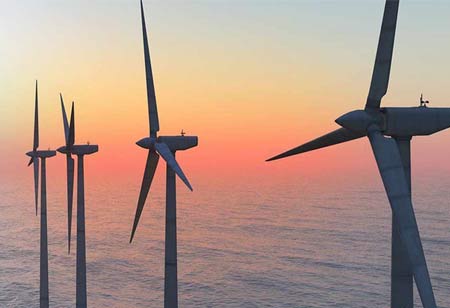Thank you for Subscribing to Energy Business Review Weekly Brief
Challenges and Growth of Renewable Energy in the MENA region
The Middle East and North Africa (MENA) are known as geographical areas abundant in non-renewable energy resources, such as crude oil and natural gas.

By
Energy Business Review | Thursday, November 24, 2022
Stay ahead of the industry with exclusive feature stories on the top companies, expert insights and the latest news delivered straight to your inbox. Subscribe today.
Renewable energy sources can assist nations in combating climate change, increasing their ability to withstand price fluctuations, and reducing their energy expenses.
FREMONT, CA: The Middle East and North Africa (MENA) are known as geographical areas abundant in non-renewable energy resources, such as crude oil and natural gas. The shift of oil derivative prices on the cost of producing electricity is the major economic issue brought on by the reliance on fossil fuels for energy production.
The drawbacks of solely relying on fossil fuels
Coal, petroleum, and natural gas are the energy sources used most worldwide. Fossil fuels have many drawbacks, such as their significant contribution to the greenhouse effect.
Fossils are non-renewable and unsafe to produce. It causes water pollution, oil spills, air pollution, global warming, and acid rain.
Importance of renewable energy in the Arab region
The process of producing electricity is safe, environment friendly, and economically viable and will help diversify the renewable energy in MENA.
These nations experience high energy consumption due to population growth rates faster than the pace of world expansion.
Existing renewable energy projects in the Arab region
Renewable energy sources are top-of-mind for MENA, where many significant initiatives, notably solar energy, are driving the region's progress. The area, which has historically been a significant producer of fossil fuels, is also investing in low-carbon alternatives to help the MENA achieve its sustainability objectives and to transform the energy sector.
Much more needed
The statistics demonstrate that Arab nations prioritize renewable energy to promote economic stability and lessen the environmental impact of fossil fuels.
Considering collaboration with the private industry that can help draw foreign investment to the energy industry and produce clean energy at competitive prices is now the greatest way for Arab nations to utilize their potential for renewable energy.






